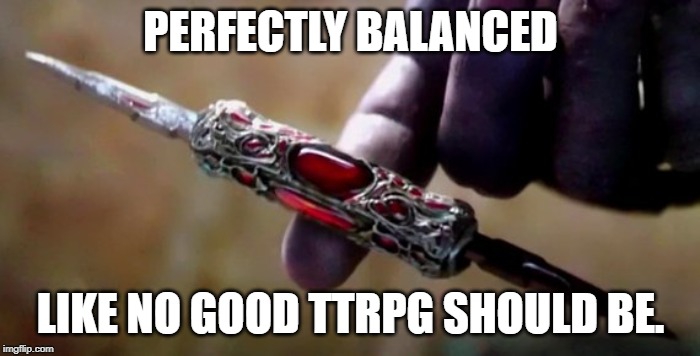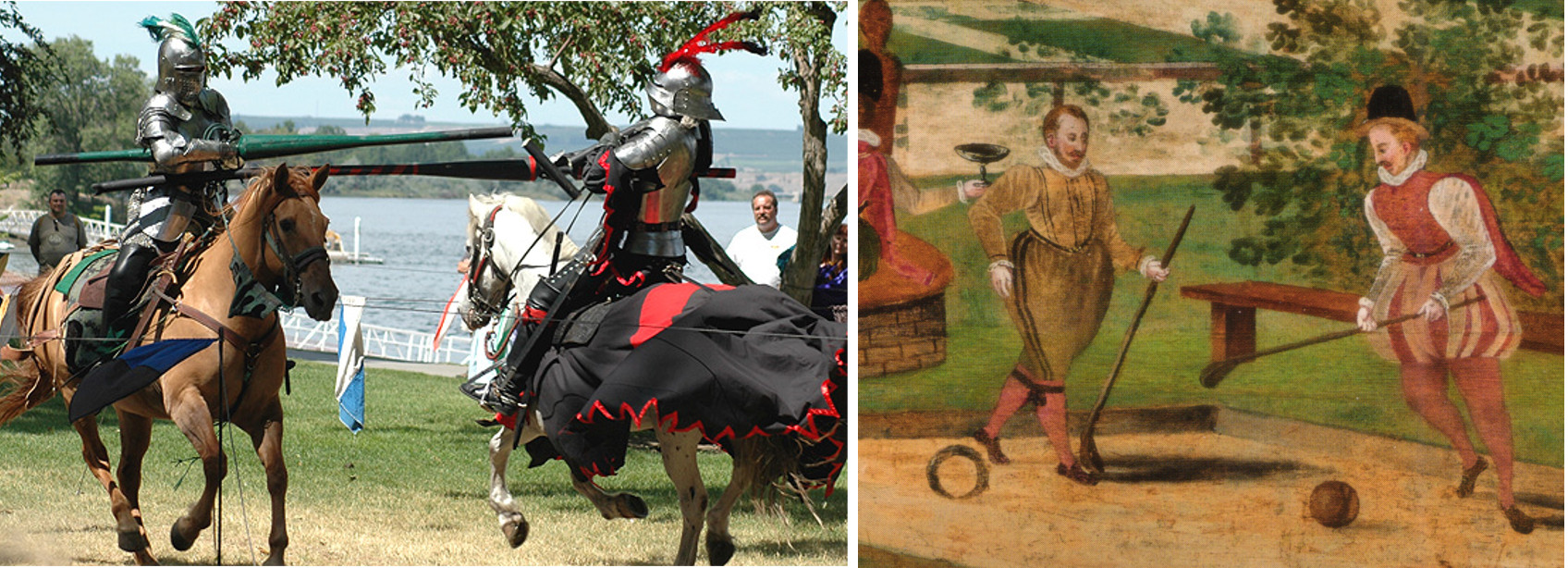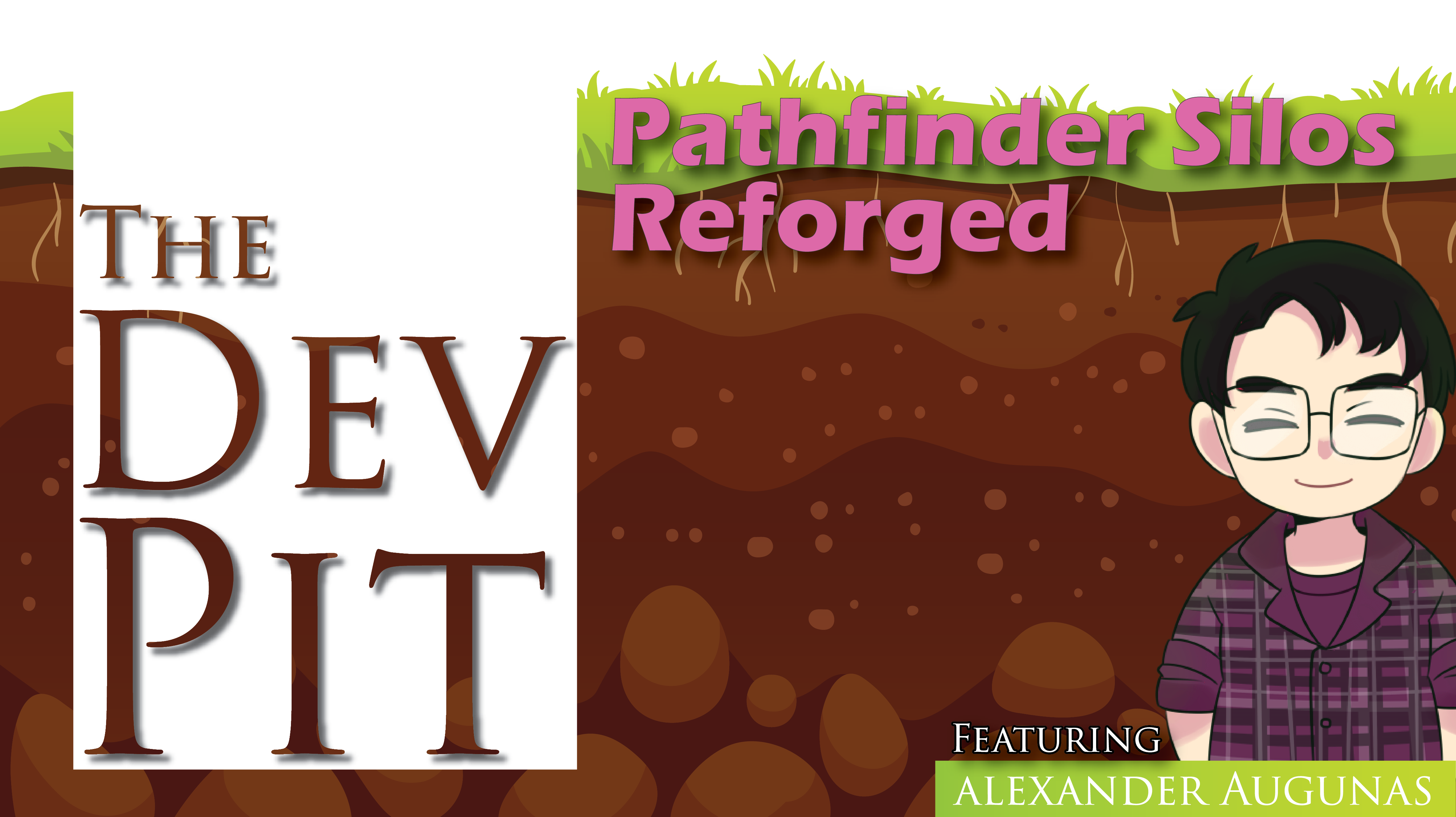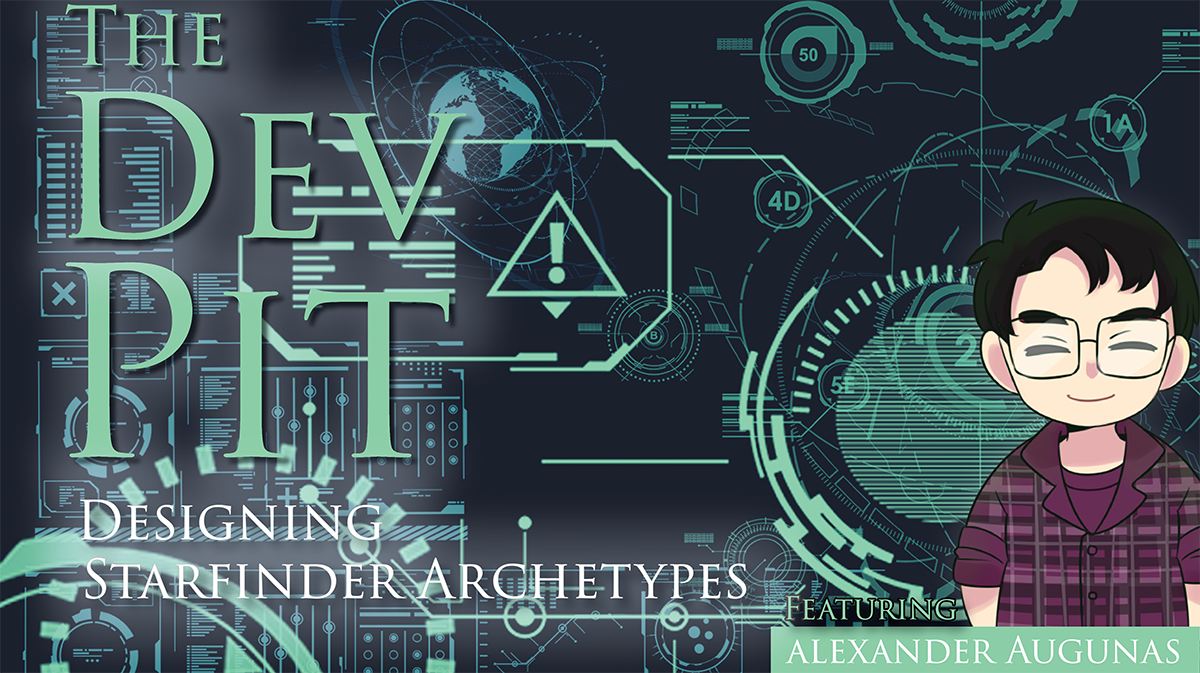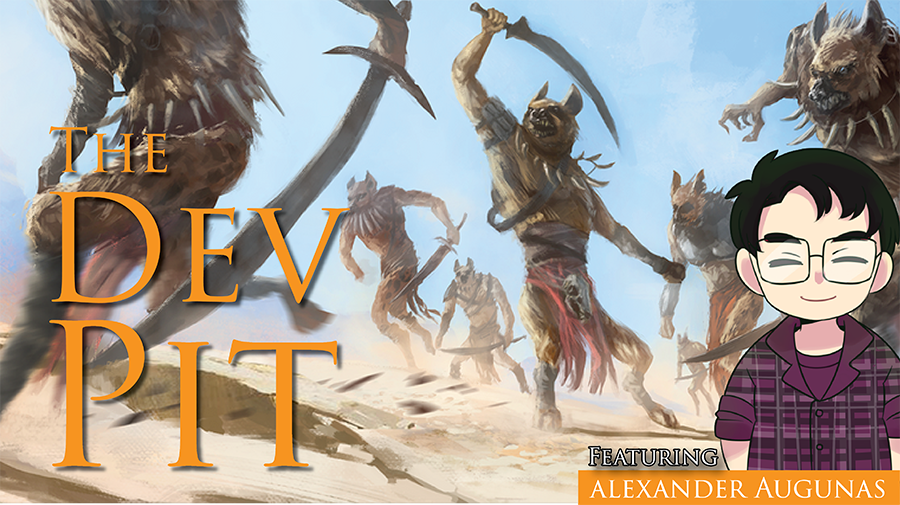Hello and welcome to the Dev Pit! My name is Alexander Augunas, the Everyman Gamer, and welcome to the second installment of the Dev Pit. Last time we talked a bit about game design as an art, so today we’re going to talk about one of the concepts that truly epitomizes why game design is an art, not a science: game balance. Game balance is one of those “buzz words” for gamers that no one can really say “what” it means, but everyone knows when something is unbalanced. Today, I’m going to talk a bit about what Game Balance is, what it isn’t, and provide a few examples here and there to emphasize my point.
Y’all ready? Let’s deep dive into Game Balance!
Misconceptions About Game Balance
When talking about Balance as it pertains to Tabletop RPG design, there are a couple of important ideas that we need to keep in mind.
- Game Balance is the Experience, Not the Options. One of the most common assessments that I see when people talk about game design is that they talk about balance as if it were geared only towards specific parts of a game, such as class design or feat design or monster design. While each of those game mechanics certainly influences a game’s balance, it’s important to remember that game balance is a state of equilibrium, not a check box on a list. A game option that looks completely unbalanced might end up not upsetting the experience, while an option that is perfectly balanced within a system could ultimately destroy the game. We’ll be talking more about this phenomenon specifically later in the article.
- Game Balance is not Restricted to Power. Another major misconception that I see regarding game balance is that its all about accurately gauging the “power” of an option and delicately balancing it on the thin needle of balance that exists in the game. And frankly, this isn’t true either. An option that doesn’t seem particularly strong can be unbalance—it just wouldn’t be very desirable.
- Game Balance Only Matters to Players. When most people talk about balance, they talk about how something iteracts with players; whether its “This is a thing players can do” or “This is a thing that is done to players”. In actuality, game balance affects both sides of the screen.
- Game Balance is Easy and Predictable. Lots of people seem to think that game balance is really easy to do, but it REALLY isn’t. Mostly, this is due to the fact that your average player (as well as a new designer) looks at balance as a two-dimensional line when in reality its more like a four-dimensional eldritch horror. Again, I’ll talk about this more in-depth below.
Game Balance, Eldritch Abomination

Game Balance, like a flying polyp, is often too maddening for mortal minds to fully comprehend.
Game balance is an Eldritch Abomination because there is SO much that goes into it. I mentioned just several lines before that game balance is extremely complex, and many of the issues that players and GMs have when game balance is that they view it as a two-dimensional option instead of as a four-dimensional option. I chose this analogy very specifically, because when players talk about game balance they’re usually looking at two things:
- Opportunity Cost: In most tabletop RPGs, every choice you make for your character comes at an inherent cost, an opportunity cost. This concept is basically, “What did I give up in order to take the thing I took?” For example, if you’re a 1st-level character and you took Skill Focus as your 1st level feat, what other feats did you “give up” by choosing Skill Focus instead of them? While it’s important to remember that your character’s abilities matter in this context (for example, you didn’t REALLY give up Power Attack for Skill Focus if your character has a Strength of 8, thereby making it impossible for them to take Power Attack in the first place), overall the concept of option cost reminds us that when we design something, it doesn’t exist in a vacuum. There is an entire library of other feats that need to contend with our option, and as a result our option needs to be worth that initial cost of admittance.
- The Illusion of Efficiency: When played are trying to determine if a game option is balanced, they often look at the option’s efficiency. How often is the ability used and how effective is it when its used. When it comes down to it, however, efficiency is something of an illusion because it focuses more on the game experience rather than the game mechanics. A perfect example is how many new players look at Pathfinder’s Vital Strike feat. Because you’re rolling more damage dice for your action, many players feel really good when they use the Vital Strike feat. In practice, however, Vital Strike is numerically less effective than a full attack—you’re going to do less damage with Vital Strike because Pathfinder is a modifier’s game, but your typical player doesn’t notice this. They notice rolling more damage dice for their single attack, and that feels really good and efficient. Hence Vital Strike feels like an efficient ability when it doesn’t actually lead into an increase in overall power in all but one scenario (when combined with Sacred Weapon and the warpriest’s ability to take Vital Strike before they could actually full attack).
There are all well and good, but efficiency and option cost are hardly the only thing that designers focus on when they design games. Obviously option cost and efficiency are two very important factors, the two factors that players care about most in fact, but for designers there are a minimum of two other considerations when determining if options are balanced: interplay and foresight
- Interplay: One of a designer’s chief concerns when designing options for a rules system is interplay. How does Rule 1 affect Rule 2? In some ways, Interplay is like an extension of Option Cost because it’s largely concerned with how players react to two rules options when they’re placed side by side. But where Option Cost looks at options from an If/Than perspective, Interplay looks at them from a And/Then perspective. Interplay works from two different angles—how do two options compliment each other and how do they interfere with each other. When we’re talking about complimentary interplay, we’re talking things like combining the mouser swashbucker’s underfoot assault deed and the kitsune’s Fox Shape feat. Alone, both options are useful but niche. When interplayed, however, the combination becomes overwhelmingly powerful, to the point of being unbalanced. In contrast, interfering interplay involves two options where one (or both) are rendered obsolete by the other’s existence. A great example here is how Dodge becomes less valuable because of the existence of Crane Style, which allows a character to acquire a much bigger defensive bonus at a negligible offensive penalty.
- Foresight: An important but much more abstract concern of the design is foresight—the notion that new content will be added to your game down the line and that old content needs to be able to account for those new additions. You’ll sometimes here designers refer to this idea as futureproofing, as the idea is to make sure that your option doesn’t become horrifically useless or dangerously overpowered with new additions to the game.
Together, these four pillars that game designers have to keep track of are what make designing so challenging sometimes. Design can’t happen in a vacuum, after all. One has to consider not only how options function comparatively, but additively with both present and future content.
True Balance is an Experience
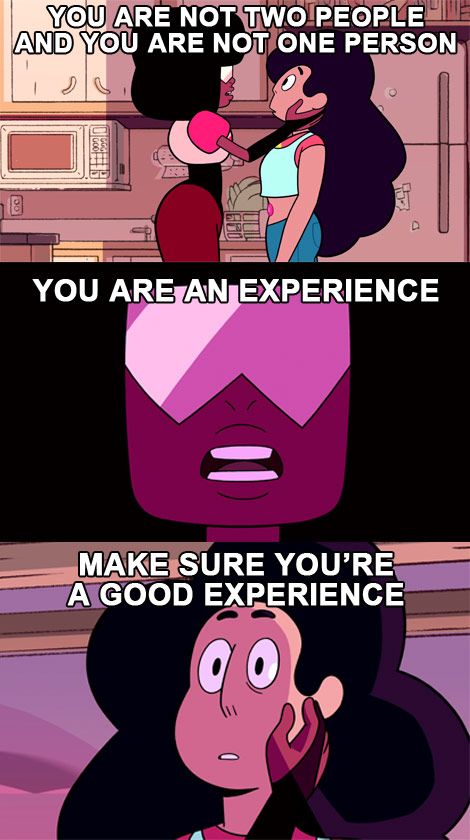
You tell’em, Garnet!
The next time someone tells you that something in a TTRPG is unbalanced, try this: ask the individual what balance is. Chances are they’re going to stumble around trying to explain what balance is to you, and whatever answer they give isn’t going to be an objective, measurable “condition”. That’s because balance isn’t something you can measure simply by comparing numbers. Balance is a gameplay state that you experience, one that you can usually describe as a sort of equilibrium where everything that’s happening in the game seems reasonable and fair for everyone at the table. For an example of a game rule that is balanced rules-wise but not from an experience perspective, you need to look no further than a harpy’s song. For those who’ve never had the unfortunateness of having to fight a harpy, in Pathfinder a harpy’s song causes anyone who hears it to basically become “super fascinated”, because you’re fascinated and nothing can end the condition except killing the harpy, and because of a very poor selection of words a common interpretation of this ability is that a harpy can coup de grace you for an instant kill and there’s nothing you can do about it. This ability has a reasonable save DC, in-game counters, and methods for freeing ensnared PCs, but believe me when I say that the first time that an adventure tells you that a CR 3 harpy has a tactic where she sings, lures any 8th-level adventures she catches with her song into a room, readys a stone wall behind those characters to trap them off, and then proceeds to coup de grace them all one by one, that you will be pissed when your Level 10 character rolls a nat 1 and suffers this fate to a CR 3 monster. And that anger you’re experienced is, in effect, anger directed at an unbalanced experience.
True game balance is an equilibrum where every option feels fair both for GMs and for players. Options on either side of the screen that ruin that precious equilibrum feel unbalanced, be it because they’re too powerful or too weak.
Now, when designers are designing for an experience, we can only design for experiences that we ourselves have experienced either firsthand or secondhand through tales told by other players, so naturally the more games you play with a broader player base, the more experience you’ll have and the broader vision you’ll have when you’re designing. This is why some people seem to have a “knack” for game design over others. They can picture what it will be like to experience an option at a table, rather than simply math it out. Gaining this balance sense is difficult; its not something anyone can really teach you. Rather you just need to play a ton of games with a ton of different people, and its why I personally believe that some of Pathfinder and Starfinder’s best designers are people who engage heavily with the Organized Play aspect of TTRPGs.
TL;DR, if you want to be a great designer make sure you play with as many different people with as many different playstyles and expectations as possible.
Power =/= Balance
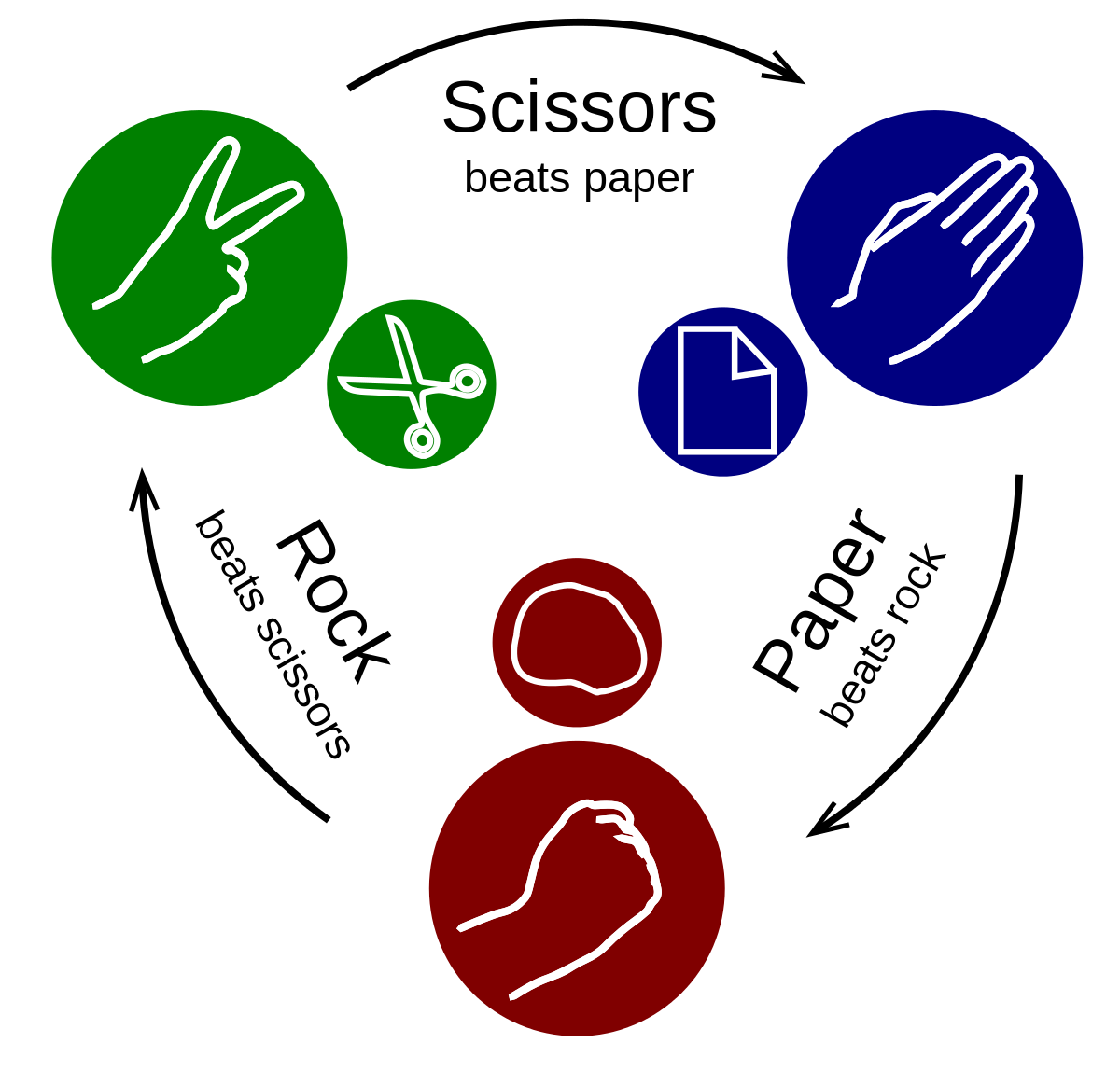 Perhaps the largest misconception that I see regarding game balance is that an option is balanced if it is powerful. Players are notoriously willing to overlook the fact that their characters are unbalanced if the net result is powerful. Why is this? Well, before dive into this discussion we need to start by defining what power is. For our purposes, we’ll say that power is the ability to enforce change onto a Tabletop RPG. Oftentimes you’ll see power attributed solely to combat, but that isn’t always the case. Noncombat options can be powerful if they give a high amount of ability to enforce change on a noncombat situation to a player. Consider, for example, the “Diplomancer”, a character designed entirely around succeeding at Diplomacy checks. Having a high Diplomacy is often powerful because you can steer noncombat encounters whatever way you want; in some cases, you can use Diplomacy to “win” a combat by never having to fight it in the first place. But Diplomacy is balanced around limitations that prevent the powerful “stop a fight” use of the skill from being the go-to option every time you play the game. Sometimes nothing you say is going to change your enemies’ minds; they’re just going to want to fight you. So Diplomacy is a balanced option for a character because it only works when Diplomacy working is narratively appropriate. If you play Diplomacy as, “Whenever I talk they have to do whatever I say as if I mind controlled them”, then yeah, Diplomacy is brokenly overpowered. But again, this is why game balance is an experience, not a measure of power. Anything can be powerful if a situation arises where it is powerful. I’ll say it again:
Perhaps the largest misconception that I see regarding game balance is that an option is balanced if it is powerful. Players are notoriously willing to overlook the fact that their characters are unbalanced if the net result is powerful. Why is this? Well, before dive into this discussion we need to start by defining what power is. For our purposes, we’ll say that power is the ability to enforce change onto a Tabletop RPG. Oftentimes you’ll see power attributed solely to combat, but that isn’t always the case. Noncombat options can be powerful if they give a high amount of ability to enforce change on a noncombat situation to a player. Consider, for example, the “Diplomancer”, a character designed entirely around succeeding at Diplomacy checks. Having a high Diplomacy is often powerful because you can steer noncombat encounters whatever way you want; in some cases, you can use Diplomacy to “win” a combat by never having to fight it in the first place. But Diplomacy is balanced around limitations that prevent the powerful “stop a fight” use of the skill from being the go-to option every time you play the game. Sometimes nothing you say is going to change your enemies’ minds; they’re just going to want to fight you. So Diplomacy is a balanced option for a character because it only works when Diplomacy working is narratively appropriate. If you play Diplomacy as, “Whenever I talk they have to do whatever I say as if I mind controlled them”, then yeah, Diplomacy is brokenly overpowered. But again, this is why game balance is an experience, not a measure of power. Anything can be powerful if a situation arises where it is powerful. I’ll say it again:
Anything can be powerful in a situation where it is powerful.
This is why power isn’t how you balance a game. Consider rock-paper-scissors. In a game of rock-paper-scissors, each option (rock, paper, and scissors) are perfectly balanced because all three choices are equally viable against your opponent. But if you’re playing rock-paper-scissors against a robot who can only throw paper, then obviously rock and paper are underpowered and scissors is overpowered because scissors will always win against that opinion. For a more poignant example, consider Pathfinder Society Seasons 0 – 6 compared to Pathfinder Society 7-10. In the early seasons of Pathfinder Society, the game was designed so that every “encounter” was either a fight or a hazard, so options that dealt with fights and hazards became powerful while options that dealt with social situations or skills were less powerful. When Pathfinder Society Season 7 rolled around, however, you got entire scenarios like Faithless and Forgotten, which had few fights and were primarily balanced around characters having access to skills. Suddenly characters built as combat monsters under the old paradigm were perceived as weak because they couldn’t function in an avenue of the game that, prior to Season 7, was hardly ever explored. (Other good examples are fight-boi characters in scenarios like Bid for Alabastine or A Testament of Souls.) Again, anything can be powerful in a situation where it is powerful.
It’s Not Easy Balancing Games
What I’m hoping that all of these topics leads you to, dear reader, is the idea that achieving a state of balance in game design is NOT easy. In fact, it’s basically impossible without plenty of rigorous playtesting. Playtesting is, after all, essentially the submission of player experience to a game designer (or developer) for their review. This is why so-called “armchair playtesting” isn’t always the most useful gauge of information. If you don’t know, armchair playtesting is essentially where a playtester experiences a game secondhand and formulates an opinion of a game without actual experience. For example, if we’re talking Pathfinder this means reading over the rules but not actually building characters and playing the game with those characters. For a game like World of Warcraft, this is reading the patch notes and forming an opinion on the gameplay without trying out the PTR. Armchair playtesting can be useful because it shows us how people react to an option without information, but its not particularly great for making informed changes because game balance is about the experience, not the armchair philosophy.
Perhaps the best TTRPG example I can give involves Starfinder’s envoy class. When Starfinder was leaked early by 4Chan users prior to its GenCon release, there was a flood of bad press about the envoy, how it was worthless and didn’t contribute meaningfully to a group. Flash forward to today, approximately two years later, and you’ll see that this sentiment is basically gone from the Starfinder community—Starfinder Society in particular killed it. Why? Because when Starfinder Society players started building envoy characters and using their improvisations in combat, it became VERY clear how strong the envoy actually was. Envoys can temporarily clear conditions at will without expending a daily resource, access an ability that is essentially a 6th-level feat (Greater Feint) at 1st level, and provide bonuses that use a bonus type that no other class in the game has access to (morale), in a game that overall doesn’t give out many numeric bonuses. As the envoy levels up, their improvisations become an action economy puzzle that players learn to solve on a round-by-round basis in order to get the outcomes they want. This makes the envoy incredibly fun to play, and a well-played envoy multiplies the party’s power hands-down. (For those of you who are non-believers, I am confident that you’ll get to listen to Loren’s envoy with amazement in Stellar, our upcoming Starfinder Actual Play Podcast.)
In Summary,
we’ve talked about game balance and why it isn’t as cut and dry as people often claim it to be. Balancing a game takes an understanding of concepts like opportunity cost, the illusion of efficiency, option interplay, and futureproofing. We’ve also discussed how true balance is an experience defined be an equilibrium of fairness, not a measure of power. All this and more makes game balance something that is difficult to achieve and nearly impossible without playtesters who are willing to experience the game as opposed to philosophize about it. The fact that true balance is based on player experience and not some predefined “formula” is what makes my posit true: it is impossible to balance TTRPGs for every player, and a good TTRPG isn’t necessarily balanced on a dagger’s edge the way Thanos would want. Instead, a good Tabletop RPG is a system where every option feels like it is worth the cost in the situation it was designed for, and determining which options are best for a character based on the situations they place themselves is largely what makes character building fun for players.
I hope you found this article enjoyable to read! As always, I’m looking for feedback regarding what sort of topics you’d like me to cover in the Dev Pit, and look forward to your engagement! Safe travels and have a fantastic week!

Alexander “Alex” Augunas has been playing roleplaying games since 2007, which isn’t nearly as long as 90% of his colleagues. Alexander is an active freelancer for the Pathfinder and Starfinder Roleplaying Games, owns Everyman Gaming LLC, and cohosts Know Direction: Beyond with James Ballod and Jefferson “Perram” Thacker. You can keep up with Alex’s exploits on the Know Direction Discord or at his Twitter, @AIJAug.

